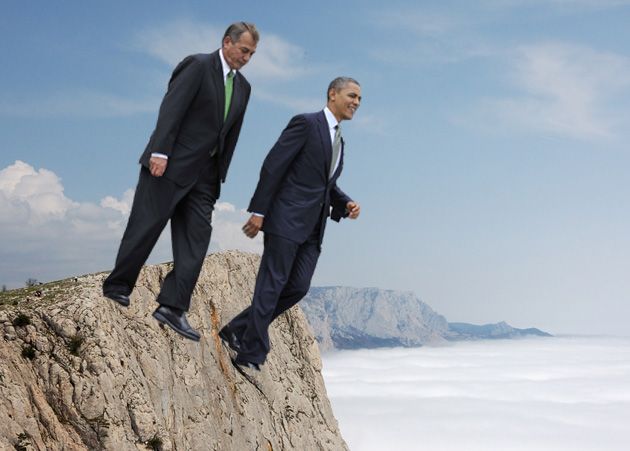Kalama Hines
Ian Somerhalder. Zoe Kravitz. Even Sports Illustrated’s 2014 Sportsman of the Year Madison Bumgarner.
Many celebrities have branded their names on the “We Are Mauna Kea” movement.
In July of 2014, the Hawai’i Board of Land and Natural Resources approved the use of Hawai’i’s Mauna Kea summit for a Thirty Meter Telescope (TMT). Construction of the TMT has been delayed due to widespread protests, because of the dormant volcano’s role in Hawaiian culture.
It seems as if the powers that be have targeted this once beautiful and solitary landmark as the next to be destroyed in the name of science.
Now, both sides have launched social media campaigns in hopes of gathering more international support than the other.
As of April 14, 2015, a petition in support of the TMT has collected 676 signatures. An anti-TMT petition has garnered 27,833 signatures, including that of yours truly.
Protestors wonder what it will take to permanently halt the TMT project. Proponents of the project wonder what is so important about what they view as nothing more than a mountain.
While there are clear benefits to the introduction of what will be the world’s largest telescope, the costs are far too great.
The summit of Mauna Kea (Hawaiian for “White Mountain”) is home to several indigenous plants and animals. Also, the snow-capped peak (that’s correct – snow in Hawai’i) also plays a key role in the Hawai’i Island (Big Island)’s natural aquifer – one of less than 20 naturally-occurring aquifers in the USA.
However, the mountain’s greatest significance is the religious beliefs it holds to the kanaka maoli (Native Hawaiians).
Believed to be the home of several deities and divine ancestors, as well as the burial ground of many Na Ali’i (royalty), Mauna Kea serves as home to both cultural and religious practices.
Still today, Hawaiians gather at its peak to pray to Wakea (Sky Father).
Because of its summit – the highest point in the Pacific Ocean and, measured from its base below sea level, the highest mountain in the world – it is viewed as the center point of the Pacific.
 The religious-cultural significance of Mauna Kea is comparable to that of Mount Sinai in Christianity, among other religions. Yet there will never be a thought of defacing “Moses Mountain” in the name of scientific research.
The religious-cultural significance of Mauna Kea is comparable to that of Mount Sinai in Christianity, among other religions. Yet there will never be a thought of defacing “Moses Mountain” in the name of scientific research.
And, it’s not as if the TMT can be placed at another site, with its sheer size and the other 13 telescope observatories that are littered throughout the mountaintop. Each built with the promise of groundbreaking scientific information to be discovered.
Despite the Hawaiian people’s past, rich in astronomy and navigational prowess, the claim that construction of the TMT serves the purpose of honoring the Hawai’i’s history is a fallacy. Nothing more than a poorly thought out PR campaign.
For those scientific and astronomical buffs, I understand. I too wouldn’t mind seeing the research uncovered by a telescope of this magnitude. But, when the TMT was approved another, larger, telescope was approved for placement in Chile’s Andes Mountains.
The Giant Magellan Telescope (GMT), at a diameter of 39 meters, would be placed at a higher peak (from sea level) and be able to reach even farther into space than TMT. GMT is scheduled to be unveiled just one year after TMT. Let’s just wait for that.
The only argument for the TMT that I have been able to get on board with is the money it will bring to the state and island of Hawai’i. The rent that the undertaking will pay for its parcel atop Mauna Kea will start at $300,000 annually and precipitously grow until it reaches $1 million each year.
That, coupled with the number of jobs it will bring to a struggling Big Island economy would serve far greater short-term benefit than any research developed within the observatory.
However, once again, the cost outweighs the gain.
No dollar amount is worth the abandonment of an already-withering cultural system.
The people of Hawai’i have long been tightly linked to their land. That fact is shown in the motto of their kingdom, now state.
Ua Mau ke Ea o ka Aina I ka Pono – The life of the land is perpetuated in righteousness.
If you have any questions or comments for Kalama, direct them to:
Email: khines.theexpress@gmail.com
Twitter: @KHines_Express



